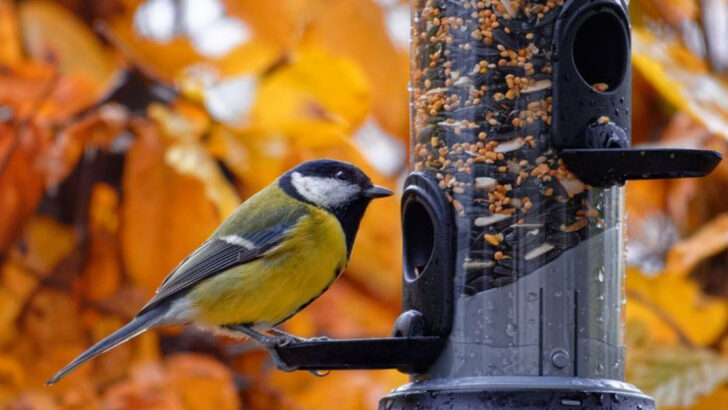Bird feeders are a great way to attract wildlife to your yard, but sometimes, our best intentions can have unintended consequences. While it’s natural to want to provide food for birds and other creatures, there are several common mistakes that can harm them instead of helping. From choosing the wrong type of seed to placing your feeder in a hazardous spot, it’s easy to overlook how certain choices might affect the animals we aim to care for.
In this article, we’ll take a look at 16 well-meaning mistakes people often make when feeding backyard wildlife and how these can have harmful effects. By understanding what to avoid, you can create a safer, healthier environment for the creatures that visit your yard. It’s all about making small adjustments to ensure you’re supporting wildlife in the best way possible.
Improper Seed Selection
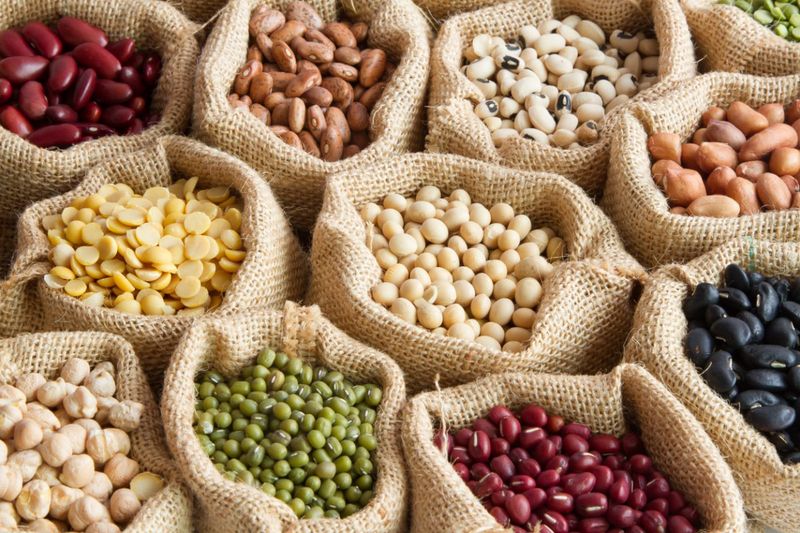
Choosing the wrong type of seed can inadvertently harm birds. Certain seeds might attract larger, aggressive birds that outcompete smaller species.
Using low-quality seeds filled with fillers can also be nutritionally inadequate. Opt for high-quality seeds like black oil sunflower seeds, which appeal to a wide range of birds.
By selecting the right seeds, you provide necessary nutrients and maintain a healthy bird population in your backyard.
Overcrowded Feeders
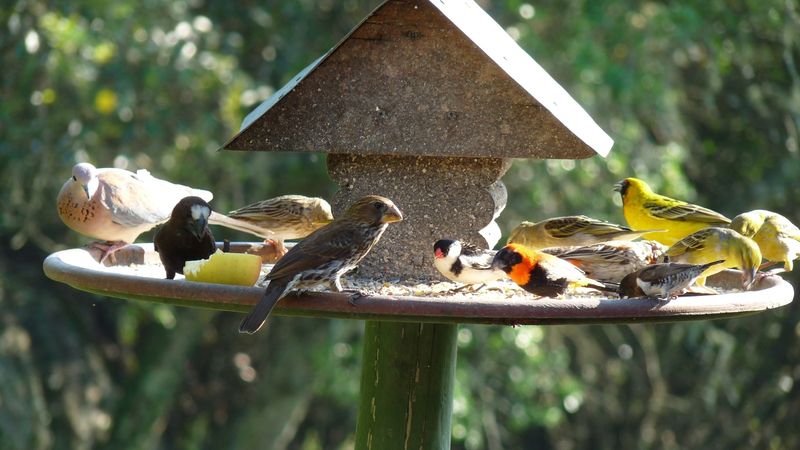
Having too many birds at one feeder can lead to stress and aggression. Birds might fight over food, leading to injuries.
Overcrowded feeders also increase the risk of disease transmission. Consider using multiple feeders spaced apart to reduce congestion.
This approach allows different species to feed peacefully and reduces health risks.
Poor Feeder Hygiene
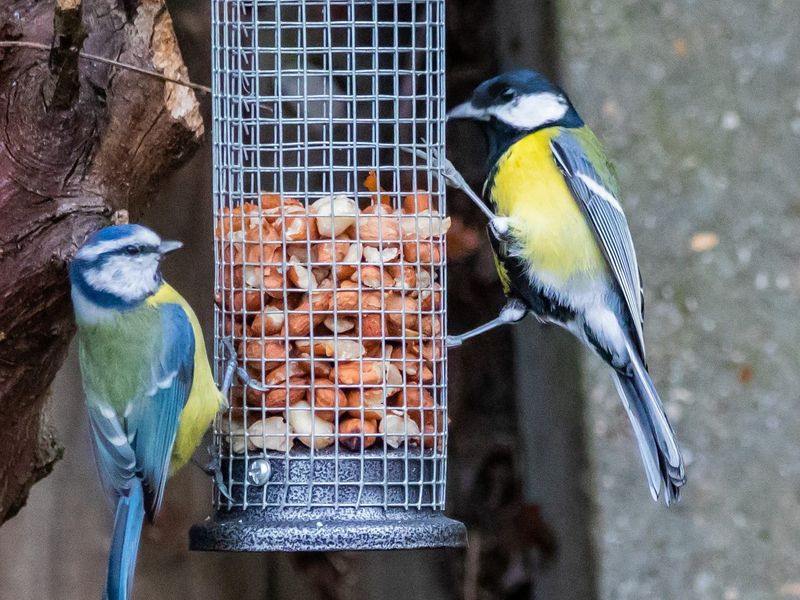
Dirty feeders can harbor harmful bacteria and mold that sickens birds. Regular cleaning prevents disease spread among your feathered visitors.
Use a solution of nine parts water to one part bleach, rinse thoroughly, and let dry completely.
A clean feeder ensures a safe dining spot for birds and prolongs the feeder’s life.
Feeder Placement Issues
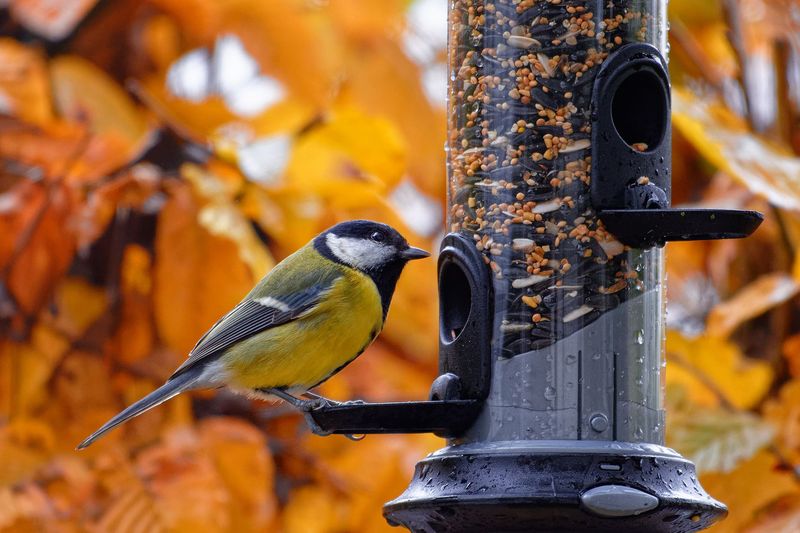
Incorrectly placed feeders can lead to collisions with windows. Placing feeders too close to windows increases this risk.
Position feeders either within three feet of a window or more than 30 feet away. This placement minimizes the chance of deadly impacts.
Thoughtful placement protects birds and allows for safe viewing.
Inadequate Shelter Near Feeders
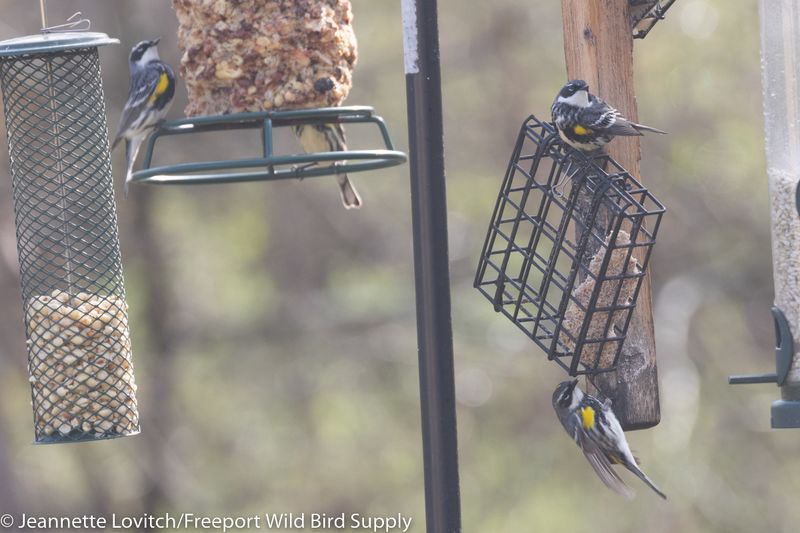
Lack of nearby shelter makes birds vulnerable to predators. Birds need quick access to cover to escape from threats like hawks.
Plant shrubs or trees within close proximity to feeders. This provides essential refuge.
Creating natural shelter ensures birds feel secure and are more likely to frequent your feeders.
Ignoring Seasonal Needs
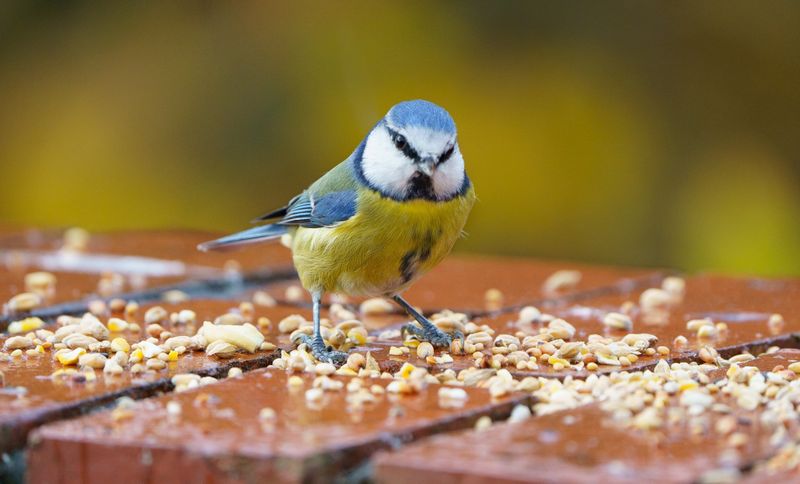
Birds’ dietary needs change with the seasons. Ignoring these changes can leave birds without essential nutrients.
In winter, offer high-energy foods like suet and peanuts. During breeding season, protein-rich options like mealworms are beneficial.
Adapting to seasonal needs supports birds’ health and encourages year-round visits.
Using Harmful Additives
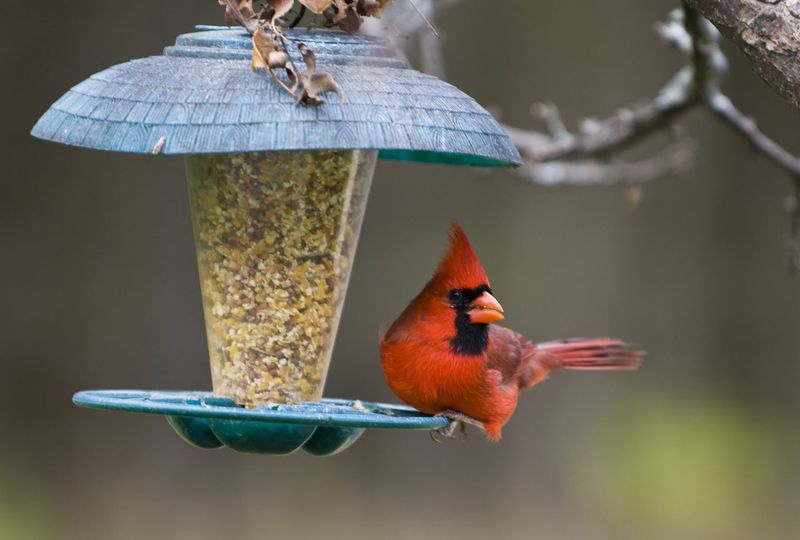
Some birdseed mixes contain additives that are harmful or unnecessary. Artificial colors or chemical preservatives can be toxic.
Choose natural, additive-free seeds to ensure safety. Reading labels carefully helps you avoid unwanted ingredients.
Providing pure seeds protects birds from potential harm and supports their well-being.
Neglecting Water Access
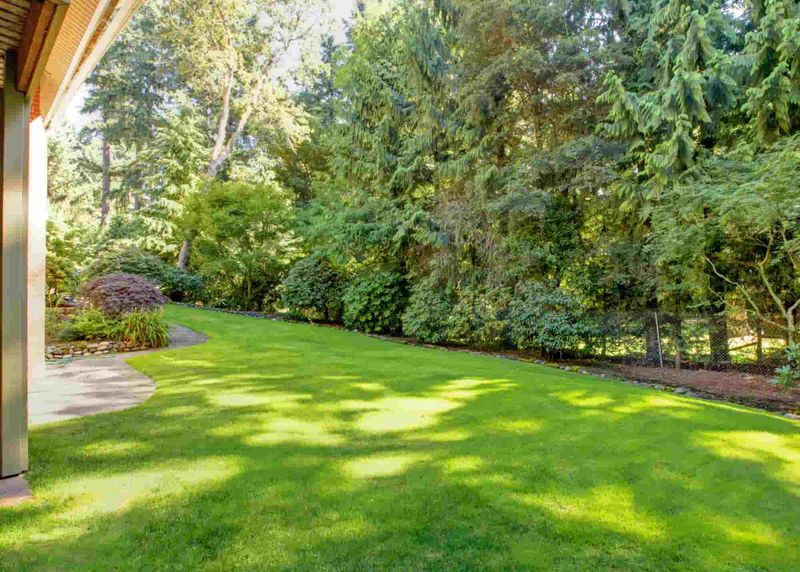
Birds need clean water for drinking and bathing. Stagnant water can become a breeding ground for mosquitoes and bacteria.
Regularly change the water and scrub the birdbath to prevent mold and algae.
Offering fresh water attracts more birds and supports their hydration needs.
Offering Processed Foods
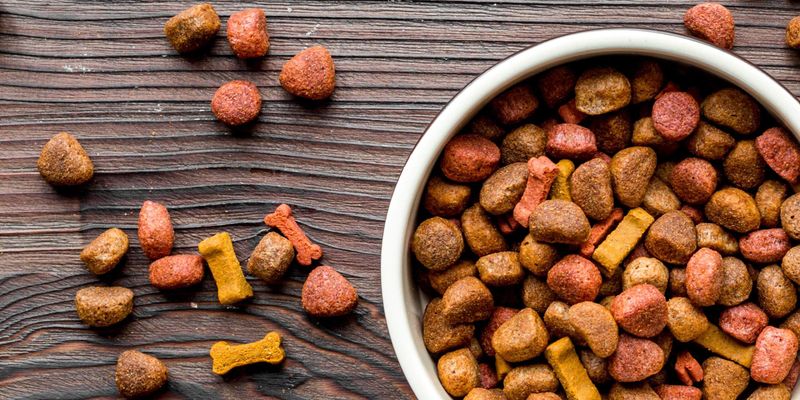
Processed foods like bread and crackers lack essential nutrients for birds. These foods can fill them up without providing necessary sustenance.
Stick to natural bird foods and discourage feeding human snacks. Educating friends and family about appropriate offerings is beneficial.
This practice ensures birds receive adequate nutrition and thrive.
Ignoring Squirrel Proofing
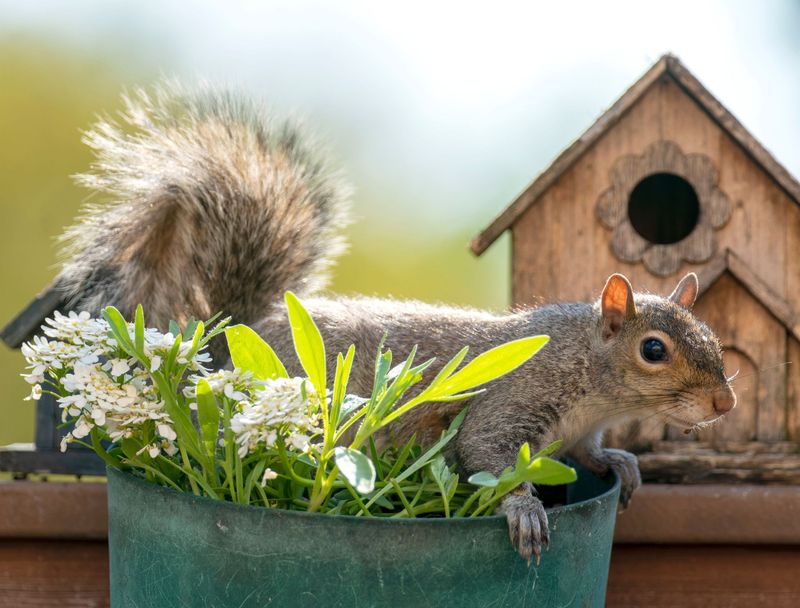
Squirrels can dominate bird feeders, scaring away birds and consuming large amounts of food.
Installing squirrel-proof feeders or baffles helps keep them at bay. Position feeders away from structures squirrels can climb.
Effective squirrel management allows birds to feed in peace and preserves food supply.
Lack of Feeder Diversity
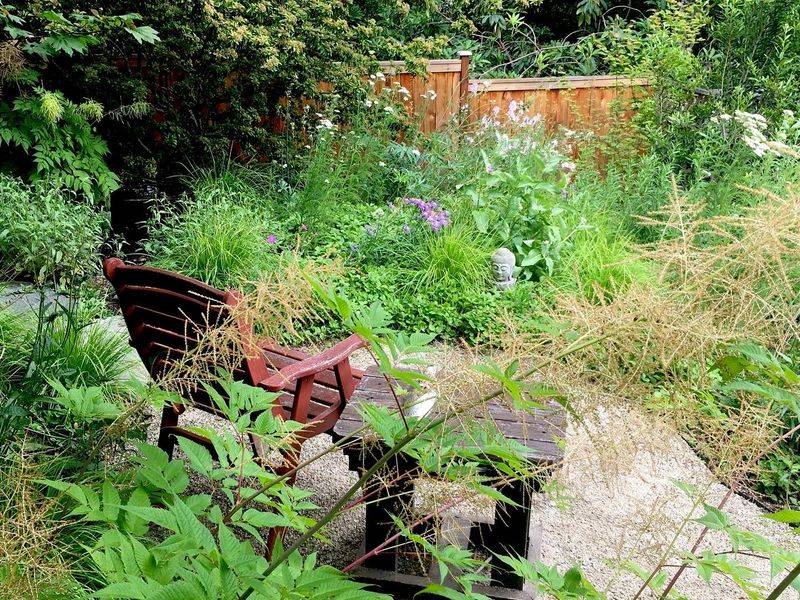
Providing only one type of feeder limits the variety of birds you attract. Different species have different feeding preferences.
Incorporate a mix of tube, hopper, and platform feeders to cater to various needs. This attracts a broader range of birds.
Diverse feeders enhance your birdwatching experience and support wildlife diversity.
Incorrect Feeder Height
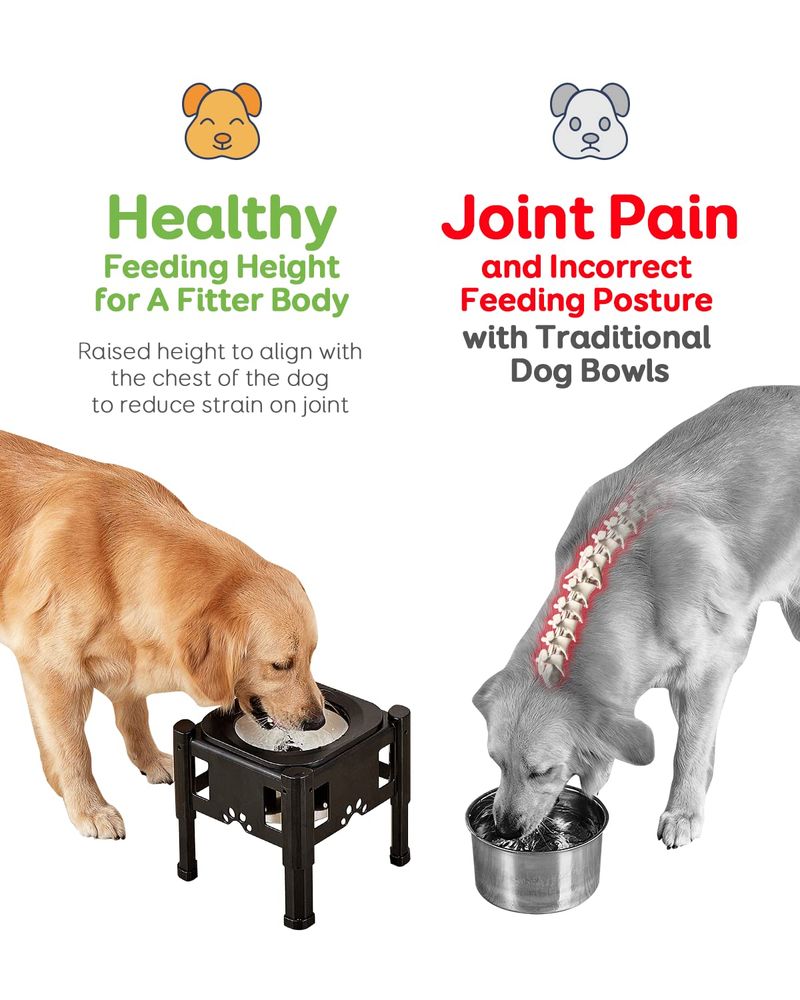
Feeder height affects safety and accessibility. Feeders set too low can be easily reached by predators like cats.
Position feeders at least five feet off the ground, away from jumping predators. Consider the feeding habits of specific birds when adjusting height.
Proper height placement safeguards birds and provides optimal viewing.
Neglecting Native Plantings
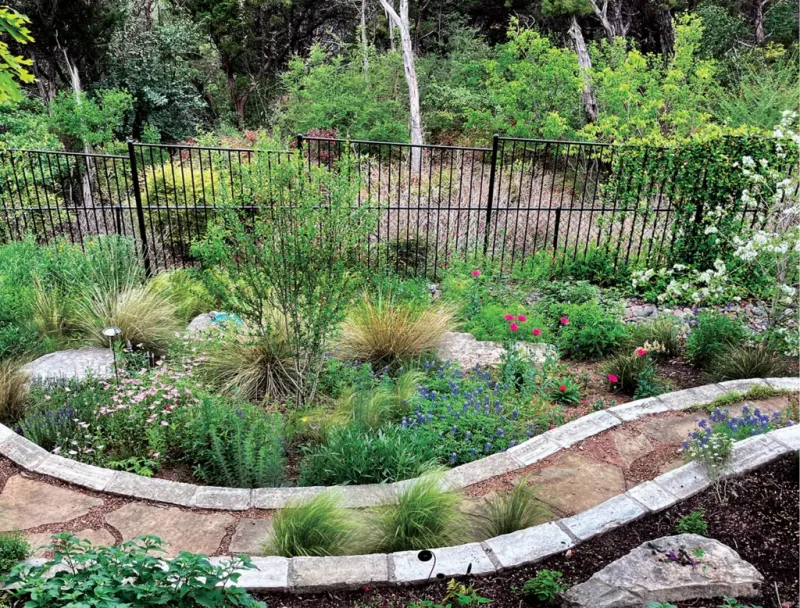
Native plants offer natural food and habitat for birds. A lack of these plants can reduce the natural draw for local wildlife.
Planting native flowers, shrubs, and trees supports local ecosystems and attracts birds naturally.
This simple change enriches the habitat and enhances the beauty of your yard.
Failing to Rotate Feeders
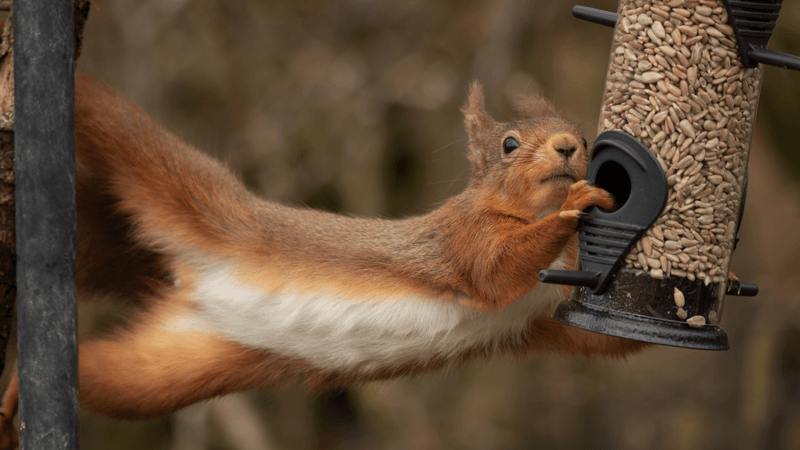
Keeping feeders in one place can damage the landscape and create unhealthy feeding areas.
Rotate feeder locations to prevent ground trampling and debris buildup. This practice helps maintain a healthy yard environment.
Changing feeder spots offers freshness and encourages birds to explore your space.
Ignoring Predator Presence
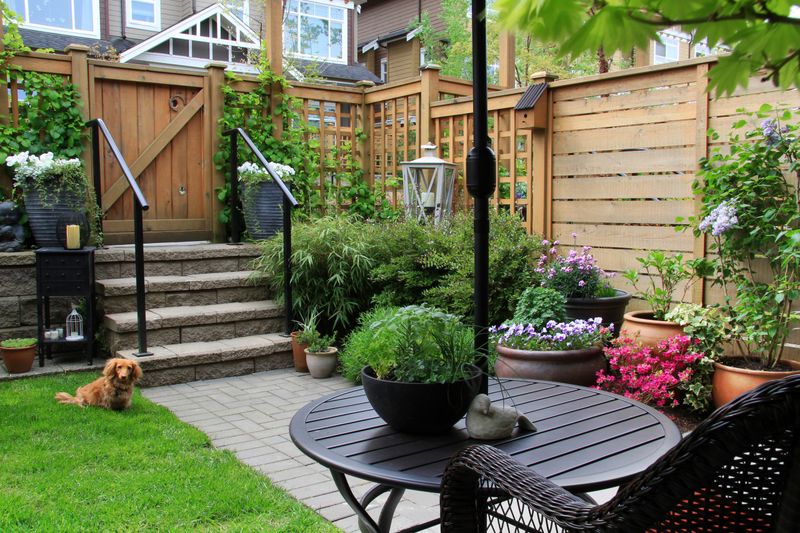
Predators like cats can pose significant threats to visiting birds. Ignoring their presence can lead to decreased bird visits and increased harm.
Keep cats indoors and create deterrents around feeding areas. This creates a safer environment for birds.
Awareness of predators ensures birds can feed without fear.
Overlooking Feeder Repairs
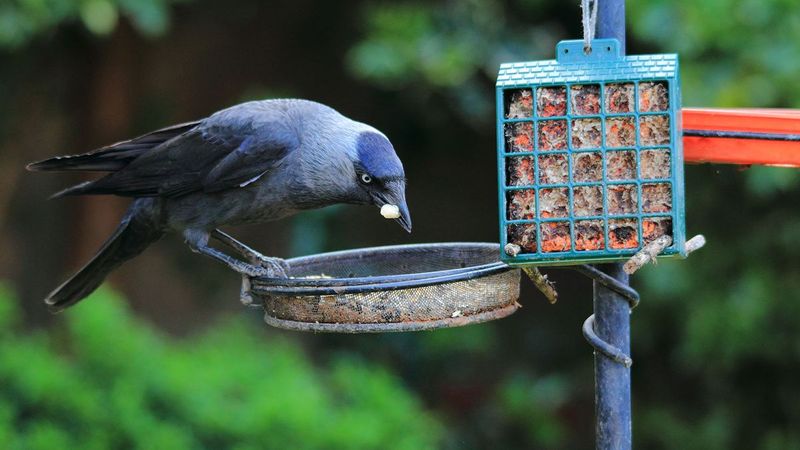
Damaged feeders can harm birds. Sharp edges or broken parts can cause injuries.
Regularly inspect and repair feeders to ensure they’re safe. Invest in durable feeders to minimize repair frequency.
Keeping feeders in good condition promotes bird safety and longevity of your investment.

